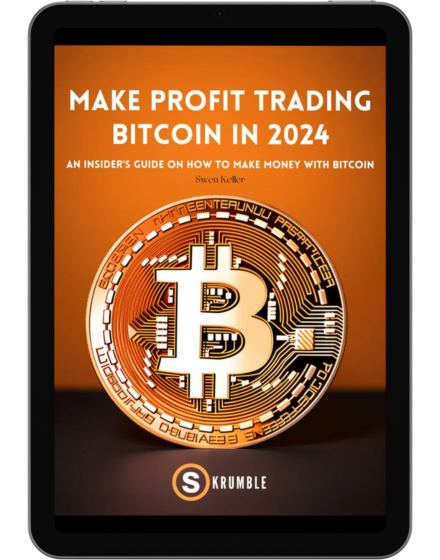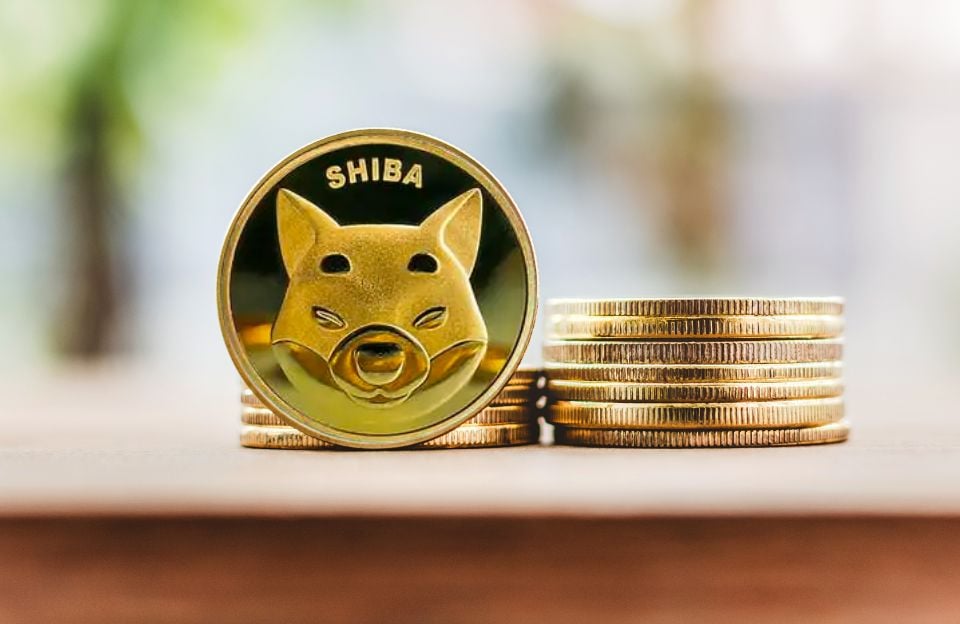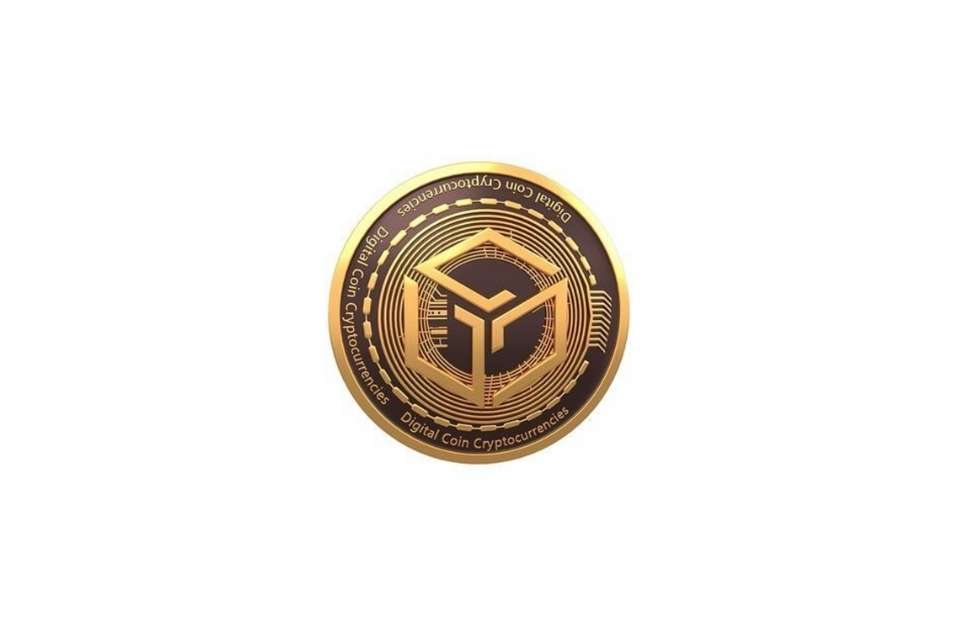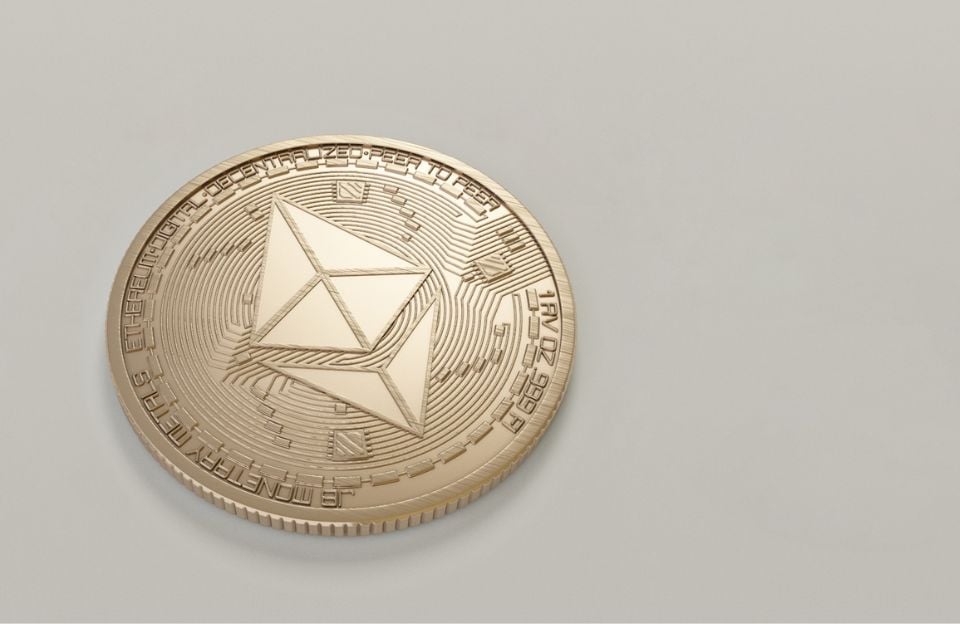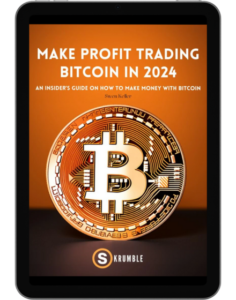What is Kava Crypto?
Luis Clark
- Home
- /
- Cryptocurrencies
- /
- What is Kava Crypto?
Luis Clark
What is Kava (KAVA)?
Kava is a layer-1 blockchain powered by the Tendermint consensus engine that features a developer-optimized co-chain architecture that combines the interoperability of Cosmos’ SDK and Ethereum’s smart contract development into a single network.
Kava’s unique co-chain architecture allows for connections with popular blockchains for a free flow of projects, assets, and users into the Kava ecosystem. The Kava network empowers developers to connect Kava with any other blockchain.
The Kava blockchain primarily acts as a decentralized bank. It is also one of the first decentralized cryptocurrency platforms to give users the option of lending and borrowing multiple cryptocurrencies without including financial institutions or other intermediaries in their transactions. Based on information on its whitepaper the blockchain supports several cryptos including Binance Chain, Cosmos, XRP, and Bitcoin.

The Kava platform has 3 main functions:
- Kava Mint: With this function, users can take USD pegged stablecoin (USDX) loans using their digital assets as collateral – as a collateralized debt position CDP.
- Kava Swap: This function allows users to purchase and sell digital assets across the Kava blockchain while they earn rewards for providing liquidity.
- Kava Lend: With Kava Lend, users can earn rewards by providing and borrowing crypto assets from money markets as on chain incentives.
The Kava network also has a native cryptocurrency KAVA. Users can mint their USDX in the form of the KAVA tokens which are used on the same network for staking and governance.
Who is the Founder?
The Kava blockchain was founded in 2018 by Kava Labs, a fully decentralized autonomous organization focused on ensuring that financial services are seamlessly accessible to everyone. Kava Labs was co-founded by Scott Stuart, Brian Kerr, and Ruaridh O’Donnell. The current CEO is Scott Stuart who took over from Brian Kerr. Kava Labs currently has about 40 full-time employees across Europe, Asia, North America, and Asia.
How Does KAVA Work?
The Kava platform combines the interoperability, low transaction fees, and speed of Cosmos co-chain with the scalable network development power of Ethereum. The Cosmos co-chain enables the Inter Blockchain Communication Protocol and the Tendermint Consensus engine while the Ethereum co-chain ensures support for EVM smart contracts.
The Tendermint Proof of Stake consensus mechanism provides instant finality, security, and Byzantine Fault Tolerance. Both co-chains are linked by a translator module which allows them to interoperate with fluidity.
How Kava Lending Operations Work
Kava network secured a lending program that enables users to lock assets in unique smart contracts and borrow USDX. This creates a collateralized debt position on the backend, which is a contract that’s created to make sure that the USDX value stays pegged to the United States dollar.
Then there’s the collateralization ratio. This is the system that safeguards the protocol from the volatility of the cryptocurrency market, which would decrease the collateral value. Kava ensures that the USDX is excessively collateralized. So users have to deposit a large amount higher than the USDX value minted by the protocol.
The liquidation price is figured out by looking at how much debt there is compared to the collateral. If the debt is too high compared to the collateral, then a certain amount of USDX stored in smart contracts will be automatically burned and sold off.
Key Features
The Kava network is based on the Cosmos and Ethereum blockchain. This is a fourth-generation blockchain that was built using Cosmos SDK protocols. The Cosmos SDK protocol is an open-source framework that enables the building of public Proof-of-Stake blockchains.
Not only is this blockchain highly scalable it is also very secure and connects the Kava network to over 30 chains and $60B+ in the Cosmos co-chain. This is done via the Inter Blockchain Communication Protocol.
Also, the Kava network features Kava Lend. Kava Lend is a decentralized money market that enables users to lend assets to other Kava users. Interests are paid to users who supply an asset as collateral and borrowers pay interest back to the suppliers. Kava Lend is incentivized with HARD. This is the protocol’s governance token. Suppliers are rewarded in $KAVA or $HARD.
Other exchanges require users to provide an asset pair but KAVA only requires a single asset as collateral. All collateral assets except USDX have a loan-to-value ratio of 50%. USDX has 25%. This means that if you supply $200 in value, you can only borrow up to $100 in value of any supported asset.
While the Kava network is not the only platform in the Defi space that offers lending services, it stands out because of its interoperability and cross-chain operations. This is made possible through the Cosmos SDK network that hosts the KAVA protocol.
Cosmos offers a cool feature called Zones, which lets people put different types of cryptocurrencies from other places and popular ones like Bitcoin, Ethereum, and Binance Coin into their account.
Weakness of KAVA
Just like every other cryptocurrency, KAVA has its weaknesses. The major weakness of KAVA is its volatility. The high volatility of KAVA tokens has affected how much people are willing to invest in them. In most cases, they only invest as much as they can afford to lose.
The stability of USDX is another weakness of the Kava network. Within the last year, this stablecoin had gone 14% below the USD price. Even though KAVA Labs claims that USDX is not hard pegged to USD, this is already a problem. If the problem is not resolved, larger adoption and usage of KAVA tokens may not occur.
How is KAVA Created?
The Kava network uses a Proof of Stake (PoS) consensus algorithm, which means that people can validate transactions based on the number of coins they hold. This way new Kava coins are created.
Mining KAVA
The KAVA token uses the Proof of Stake algorithm. This means that KAVA cannot be mined. Rather, Kava relies on staking for its validation and governing process. People can stake KAVA to create nodes.
What Blockchain does KAVA Use?
KAVA is on the Kava blockchain.
How to Use KAVA
KAVA has various uses in the Kava ecosystem.
It is used as an incentive or reward for users who mine USDX. A portion of it is also set aside as an incentive for scaling the network. This is aimed at triggering growth, encouraging competition, and boosting the health of the ecosystem. These incentives are often directed at top projects on each chain.
KAVA distributes the management of operations within the Kava network. This means that it is used for governance. Users who hold and store KAVA tokens can vote on Kava’s software rules and policies. The parameters of the software that are subject to change by the vote of KAVA holders include: the fees paid by borrowers, the assets accepted as collateral, the collateralization ratio, types of supported assets and Dapps, debt limits, and the savings rate for the different financial instruments introduced to the network.
KAVA holders can also vote on proposals such as the reward payouts for incentives programs or any other proposal that will be added to the treasury allocation and Kava Network SAFU Fund.
KAVA can also be used for crypto-based lending and borrowing. These loans can often be taken in the form of newly minted stablecoins like USDX. Users can also stake KAVA on the Kava network as well as other platforms. The APY earned by users is dependent on their stakes.
Validators are incentivized to verify network operations and secure the network. This incentive is in KAVA. Factors like double signing transactions and failing to maintain high uptime can make validators lose their KAVA.
Investors and crypto traders can also buy and sell KAVA on various exchanges to generate profit. Profit is made when the trader buys at a low KAVA price and sells it at a high KAVA price. In most cases, the traders buy and sell KAVA within a short time frame while investors may choose to buy KAVA and store it for a long period based on the predictions of a possible increase in value and KAVA price.
How to Buy KAVA

Kava is available on popular exchanges like Binance, Crypto.com, Kraken, Kucoin, Uphold, and Gate.io. CoinMarketCap provides a comprehensive list of exchanges that you can buy Kava on as well as the current KAVA price.
The process of buying Kava on most exchanges is similar. While there may be some differences in the steps for buying Kava on the different exchanges, the procedure is usually the same.
The first step is to find the right exchange and create an account on the exchange. You will need to verify your account with the data required by the platform. The requirements for the platforms may vary.
Once the account is created and verified, you will need to fund your account with fiat currency. After this, you can proceed to buy the coin at the stated KAVA price. You can either buy Kava directly with fiat currency or with cryptocurrency. If you are using the cryptocurrency option, you will need first buy cryptocurrencies like ATOM or BTC. You will then use this cryptocurrency to purchase KAVA.
How to Store KAVA
Just like other cryptocurrencies, KAVA can be stored on different types of wallets. Your choice of wallet is dependent on how convenient the wallet type is and how long you intend to store KAVA. For instance, if you want your KAVA stored where you can access it on the go, a web-based wallet is best. But if you intend to HODL your KAVA for a long period, a hardware wallet is more secure.
That said, let’s take a look at 2 major wallets that you can securely store KAVA on.
Cosmostation

Cosmostation is designed to store Cosmos SDK chains. Since the Kava protocol rides on the Cosmos network, KAVA can be safely stored in this wallet. Cosmostation is a non-custodial multi-chain cryptocurrency wallet. It has a browser extension as well as a mobile app that is available on Android and iOS.
This wallet caters to the Cosmos SDK Interchain, ETH Layer 2, Ethereum, and EVM ecosystems.
Users can create personal crypto wallets with Cosmostation. Below are the steps for creating a personal wallet on Cosmostation.
- Download and install the Cosmostation wallet from Google Play or Apple Store.
- Open the application and create the desired wallet. Cosmostation supports KAVA and other cryptocurrencies like OSMO, CRO, BNB, NGM, etc.
- If you already have a personal account, you can import your existing mnemonic phrase by pressing “Import”.
- Once the wallet is created, you can deposit your KAVA.
Using the Cosmostation wallet, you have the opportunity to stake Kava and receive rewards for staking. Additionally, you can link your Cosmostation web wallet to your hardware wallet. Popular hardware wallets such as Ledger are fully compatible with Cosmostation.
Math Wallet

Math wallet is another popular wallet that supports KAVA and other cryptocurrencies within the KAVA lending protocol. It supports the storage of over 100 popular chains including Ethereum, Polkadot, Bitcoin, Binance Smart Chain, Solana, Arbitrum, and Filecoin. Asides from Kava, the wallet supports the storage of over 3,000 tokens including AVAX, MATIC, BTC, ETH, EOS, SOL, etc.
Math wallet has a mobile and desktop version. It also has a browser extension that is available on Chrome browser, Brave browser, and Edge browser. Math wallet is also compatible with hardware wallet devices like Ledger and Wookong Bio. Ledger supports Math wallet’s Google Chrome extension, while Wookong Bio supports Math wallet’s mobile app.
While these 2 wallets are great, they are not the only options you have for storing your KAVA tokens. Other wallets support the storage of kava. The wallet can be a software wallet, a hardware wallet, or a paper wallet. As already stated, your choice of the type of wallet is dependent on the volume of kava token you wish to store as well as how long you want it stored.
It is not recommended to store large volumes of any crypto in online-based wallets. This is because such wallets are easily prone to hacking attacks. Hardware and paper wallets are the best kind of wallets for storing large volumes of cryptocurrencies.
Best Place to Stake KAVA
Various platforms allow you to stake the KAVA token like Kraken which offers up to 23% APY. However, the best place to stake KAVA is on-chain through Cosmostation wallet as this offers an APR of 30 to 33% with a 21-day unbounding period. Also, in general, staking on cryptocurrency exchanges will always offer lower rewards than staking on the Kava network.
What You need to Know About the Future of KAVA
Conclusion: Should You put Your Money in KAVA?
Based on expert price predictions KAVA does not seem to offer good long-term investment opportunities. Plus, the Kava network has introduced various catalyst projects in the past that should have had a huge impact on the price but failed to do so. If you intend to put your money in KAVA you may have to watch it closely.
Risks in Investing in Cryptocurrency
Cryptocurrencies are volatile assets and pose a huge risk. You can lose your entire investment due to unfavorable market conditions. So ensure that you do your research before you invest in any coin and that you only invest money you’re willing to lose.
Our extensive analysis of the different Cryptocurrencies doesn’t stop here. You can also check out our “What is Gala?” guide to know more about another huge project.
FAQ
Most frequent questions and answers
KAVA is the utility and governance token of the Kava blockchain.
The KAVA token has been around since 2019 following a couple of private sales and a Binance Launchpad initial exchange offering (IEO).
Yes, Kava burns coins. When a collateralized debt position is closed, the KAVA used to pay for the stability fee is burned. This reduces the overall supply of KAVA.
There are currently 21 billion Kava coins.
No, you cannot mine Kava crypto as the network runs on the Proof of Stake consensus mechanism.
How much you earn staking Kava is dependent on the platform where your coins are staked. If you stake your tokens on cryptocurrency exchanges like Binance and Houbi for example, you’ll get lower rewards than if you stake on-chain. That said, you can earn up to 30% APY staking KAVA.
KAVA is a layer-1 blockchain powered by the Tendermint consensus engine that features a developer-optimized co-chain architecture that combines the interoperability of Cosmos’ SDK and Ethereum’s smart contract development into a single network.
There are 7 steps to add Kava to your Trust Wallet:
- Download the Trust Wallet app from the Google Play Store or Apple App Store and then set it up by following the on-screen prompts.
- Open Trust Wallet, search for Kava and enable KAVA management by switching on the green toggle.
- Next, go to the Kava web app (app.kava.io).
- After launching the web app, click on the connect wallet and choose Trust Wallet. You’ll see a Wallet connect QR code displayed. You can connect your Trust Wallet by scanning the Wallet Connect QR code from your Trust Wallet app. To do so, open your Trust Wallet and click the settings icon on the right side of the bottom menu, then hit WalletConnect. Your camera will open and you can scan your Wallet Connect QR code using it. After scanning, hit connect to link your Trust Wallet to the Kava web app.
To add Kava to MetaMask you need to import your Kava account using your private key. To do this, click your profile picture and then choose ‘Import Account’. Next, from the ‘Select Type’ in the drop-down menu and choose ‘Private Key’.
You can generate your Kava EVM compatible private key using kvtool. From kvtool’s repository.
Kava isn’t the only lending protocol in the decentralized finance industry but it stands out due to its interoperability and cross-chain operations. Users can deposit non-native cryptocurrencies like Bitcoin, Binance coin, etc. But these cryptos must be wrapped as BEP-2 Binance Chain standard assets for collateralization.
Skrumble.com provides all its content for informational purposes only, and this should not be taken as financial advice to buy, trade, or sell any investment instruments or products, including but not limited to cryptocurrencies, or use any specific exchange. Please do not use this website as investment advice, financial advice, or legal advice, and each individual’s needs may vary from that of the author. Investing in financial instruments, including cryptocurrencies, carries a high risk and is not suitable for all investors. It is possible to lose the entire initial investment, so do not invest what you cannot afford to lose. We strongly advise conducting your own research before making any investment decisions. This post includes affiliate links with our partners who may compensate us.
To view our privacy policy read here.

